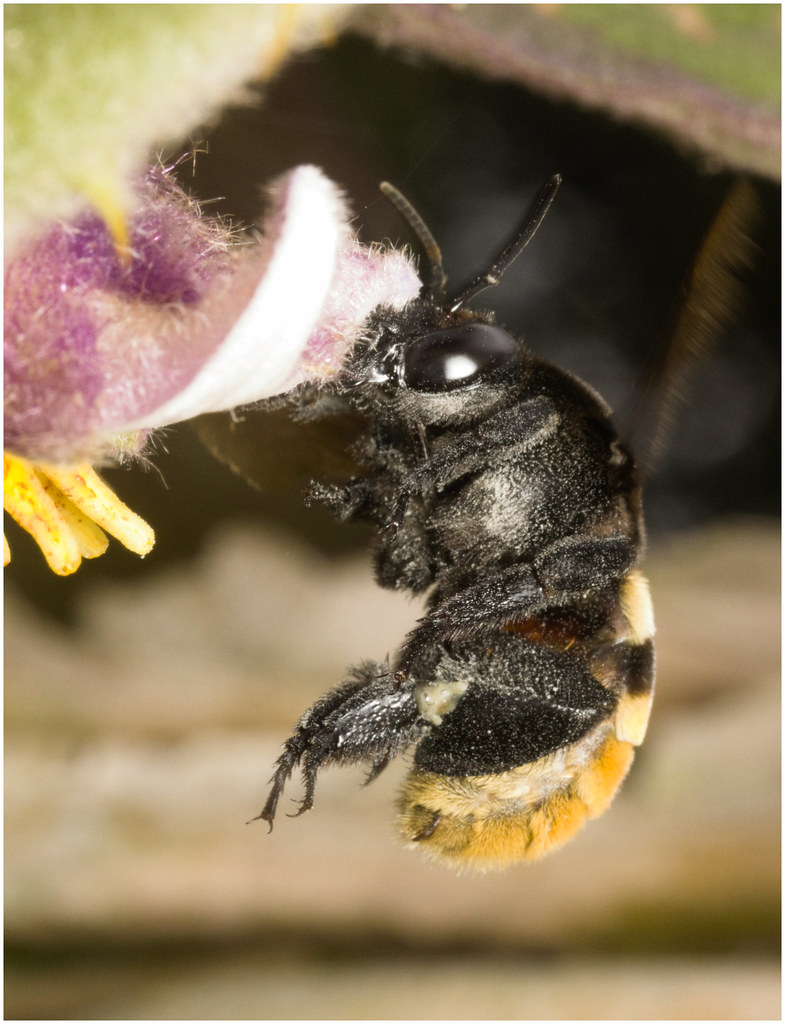davholla
Been spending a lot of time on here!
- Joined
- Jun 16, 2015
- Messages
- 1,870
- Reaction score
- 1,944
- Can others edit my Photos
- Photos OK to edit
Probably Trypoxylon lactitarse.
 IMG_0943_Wasp by davholla2002, on Flickr
IMG_0943_Wasp by davholla2002, on Flickr
Orchid
 IMG_0968_Orchid by davholla2002, on Flickr
IMG_0968_Orchid by davholla2002, on Flickr
Saddleback caterpillar
 IMG_0950_Caterpillar by davholla2002, on Flickr
IMG_0950_Caterpillar by davholla2002, on Flickr
Genus Eulaema a member of Orchid Bees Tribe Euglossini fascinating bees from Wikipedia
 IMG_0981_bumblebee by davholla2002, on Flickr
IMG_0981_bumblebee by davholla2002, on Flickr
 IMG_0943_Wasp by davholla2002, on Flickr
IMG_0943_Wasp by davholla2002, on FlickrOrchid
 IMG_0968_Orchid by davholla2002, on Flickr
IMG_0968_Orchid by davholla2002, on FlickrSaddleback caterpillar
 IMG_0950_Caterpillar by davholla2002, on Flickr
IMG_0950_Caterpillar by davholla2002, on FlickrGenus Eulaema a member of Orchid Bees Tribe Euglossini fascinating bees from Wikipedia
Male orchid bees have uniquely modified legs which are used to collect and store different volatile compounds (often esters) throughout their lives, primarily from orchids in the subtribes Stanhopeinae and Catasetinae, where all species are exclusively pollinated by euglossine males. These orchids do not produce nectar, and hide the pollen on a single anther under an anther cap; orchids are not visited by females, as females require both nectar and pollen as food provisions for their offspring, and visit other types of plants to obtain these resources. The whole pollinarium becomes attached to the male as it leaves the flower. Several flowers from other plant families are also visited by the bees: Spathiphyllum and Anthurium (Araceae), Drymonia and Gloxinia (Gesneriaceae), Cyphomandra (Solanaceae), and Dalechampia (Euphorbiaceae) contain one or more species that attract male euglossines.[2]
The chemicals are picked up using special brushes on the forelegs, transferred from there by rubbing the brushes against combs on the middle legs, and finally these combs are pressed into grooves on the dorsal edge of the hind legs, squeezing the chemicals past the waxy hairs which block the opening of the groove, and into a sponge-like cavity inside the hind tibia.[3]
The accumulated "fragrances" are evidently released by the males at their display sites in the forest understory, where matings are known to take place.[4][5] The accumulated volatiles were long believed to be used by males as a pheromone to attract females; however, female attraction to male odors or to orchid fragrances has never been demonstrated in behavioral experiments. Instead, it is now thought that the function of the male odors is to signal male 'genetic quality' to females,[6][7] because great effort must be expended by males to collect orchid fragrances and thus only the most fit males could gather complex odor mixes. This would constitute an unusual example of Zahavi's handicap principle, analogous to the male peacock's tail.[8] The relationship between male euglossine bees and volatile chemicals is essentially unique in the animal kingdom.
 IMG_0981_bumblebee by davholla2002, on Flickr
IMG_0981_bumblebee by davholla2002, on Flickr
![[No title]](/data/xfmg/thumbnail/39/39474-4ba9b46daa507ab0506d70b86d8622ee.jpg?1734173567)







![[No title]](/data/xfmg/thumbnail/39/39475-7aec9114feceb7b698bcdbe5c9574f94.jpg?1734173569)


